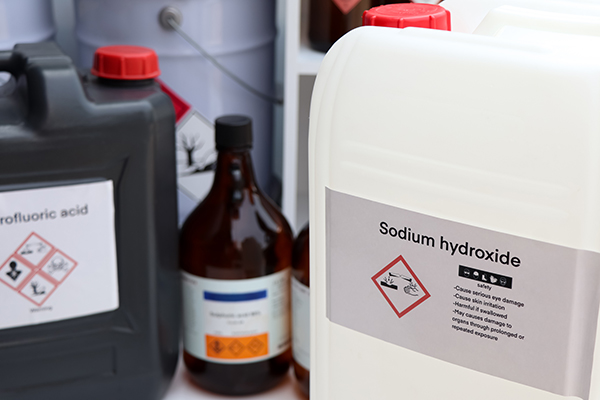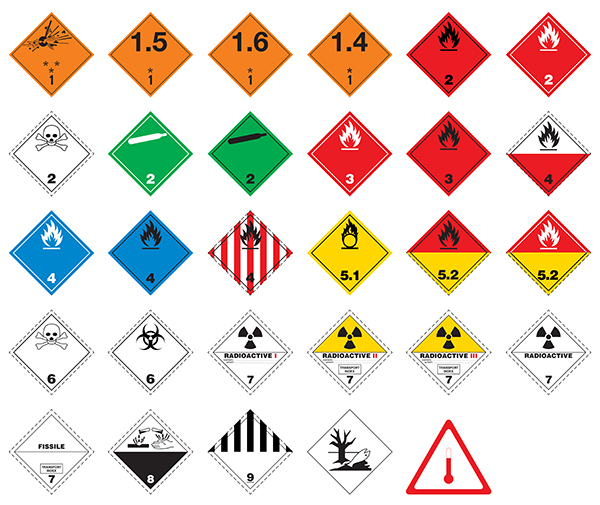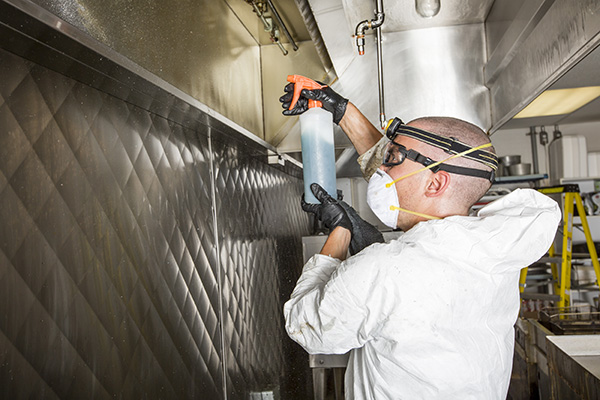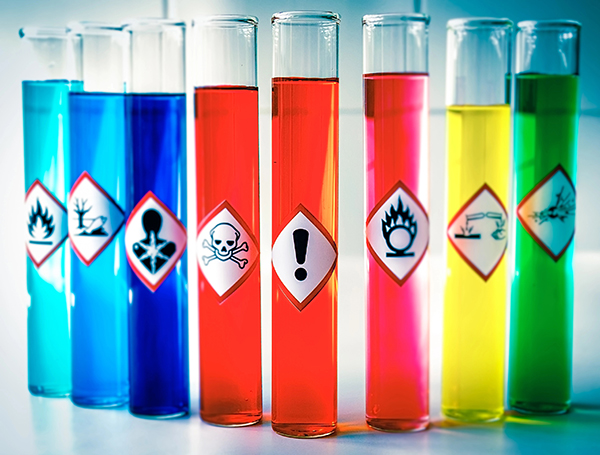Essential Safety Measures for Working in a Commercial Kitchen
Effective Strategies for Controlling Hazardous Chemicals in a Commercial Kitchen
Controlling hazardous chemicals in a commercial kitchen is crucial for ensuring the safety of all employees and customers. Here’s a comprehensive approach:
Proper Labeling and Storage
- Labeling: Ensure that all chemical containers are clearly labeled with their contents and hazard warnings. Use standardized labels that are easy to read and understand.
- Storage: Store chemicals in a designated area away from food preparation areas. Use locked cabinets or shelves that are clearly marked as containing hazardous chemicals.
- Separation: Store chemicals separately from food and food-related items to prevent cross-contamination.
Employee Training
- Hazard Communication: Train all employees on the risks associated with hazardous chemicals, including how to read labels and Safety Data Sheets (SDS).
- Proper Use: Instruct employees on the correct handling, usage, and disposal of chemicals, emphasizing the importance of never transferring chemicals into food containers.
- Emergency Procedures: Educate staff on emergency procedures in case of accidental ingestion, including first aid steps and whom to contact.
Safe Practices and Procedures
- Use of Personal Protective Equipment (PPE): Provide appropriate PPE (like gloves and masks) when handling hazardous chemicals to prevent accidental exposure.
- Workplace Hygiene: Implement strict hygiene practices, such as washing hands after handling chemicals and before touching food.
- Spill Management: Develop and enforce a protocol for managing chemical spills, including immediate cleanup and decontamination of affected areas.
Routine Inspections and Audits
- Regular Checks: Conduct regular inspections to ensure that chemicals are stored properly and that there are no signs of cross-contamination or improper handling.
- Audit Compliance: Periodically audit compliance with safety protocols and make adjustments as needed based on observed practices.
Limiting Chemical Access
- Restricted Access: Limit access to hazardous chemicals to trained personnel only. Use lockout/tagout systems where necessary.
- Control Dispensing: Implement controlled dispensing systems to ensure that only the necessary amount of chemicals is used and to reduce the risk of accidental exposure.
Substitution and Minimization
- Use Safer Alternatives: Where possible, replace hazardous chemicals with less harmful alternatives.
- Minimize Use: Use the smallest effective amount of chemicals to reduce the risk of exposure and contamination.
Emergency Response Planning
- First Aid Kits: Ensure that first aid kits are available and stocked with appropriate supplies for chemical exposure.
- Emergency Contacts: Clearly display emergency contact information, including poison control and local emergency services.
- Decontamination Stations: Have eyewash stations and emergency showers available in case of chemical splashes.
Documentation and Reporting
- Incident Reporting: Implement a system for reporting and documenting any chemical-related incidents, including near misses, to help prevent future occurrences.
- Review and Improve: Regularly review incident reports to identify patterns and improve safety protocols.
By combining proper training, strict storage procedures, routine inspections, and emergency preparedness, a commercial kitchen can significantly reduce the risk of accidental ingestion of hazardous chemicals.





